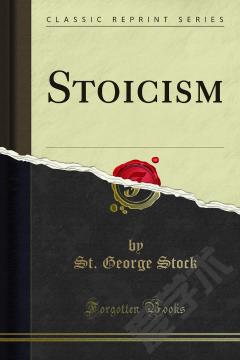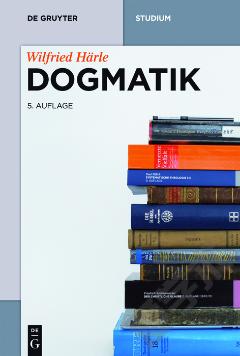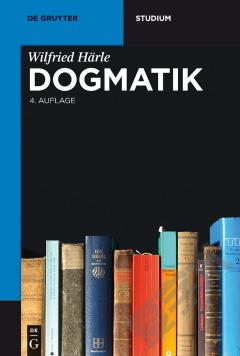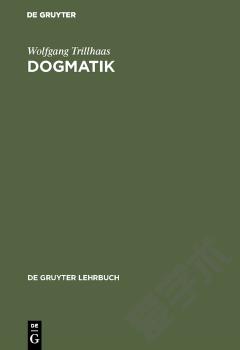Heretics
Seasoned readers of Leonardo Paduraâs fiction have witnessed an increasing complexity in the writerâs penchant for the temporal or geographical palimpsest, the juxtapositions of historical moments and locations that we find, for example, in La novela de mi vida (2002), La neblina del ayer (2005), and El hombre que amaba a los perros (2009). Herejes (2013) complicates the structural palimpsest in its four parts that overlay scenes of an extended familyâs story from Amsterdam, Krakow, Havana, and Miami and from the seventeenth century, the mid-twentieth century, and the new millennium. But Herejes also points to an emergent shift in structures of feeling in the substantial segment of Paduraâs fictional for which the ex-detective Mario Conde serves as a protagonist. Herejes connects its time zones not through the nostalgic disenchantment with lost revolutionary ideals long anchored in Condeâs worldview, but rather through transformative acts and intimations of the future, a search for change-seeking trajectories linking generations. This more nuanced conception of the dynamic between past and present in Herejes suggests, in turn, a more complex view of cultural change through generations or even of culture itself. Although Herejes could easily be read as a family saga, the novelâs generational links through cultural reinvention come into view less with a genealogy chart than in the three intersecting motifs that constitute the workâs interpretive coordinates and its conceptual palimpsest of heretics, heritage, and possession that, as interwoven by Herejes, gesture toward the future.
{{comment.content}}








 京公网安备 11010802027623号
京公网安备 11010802027623号